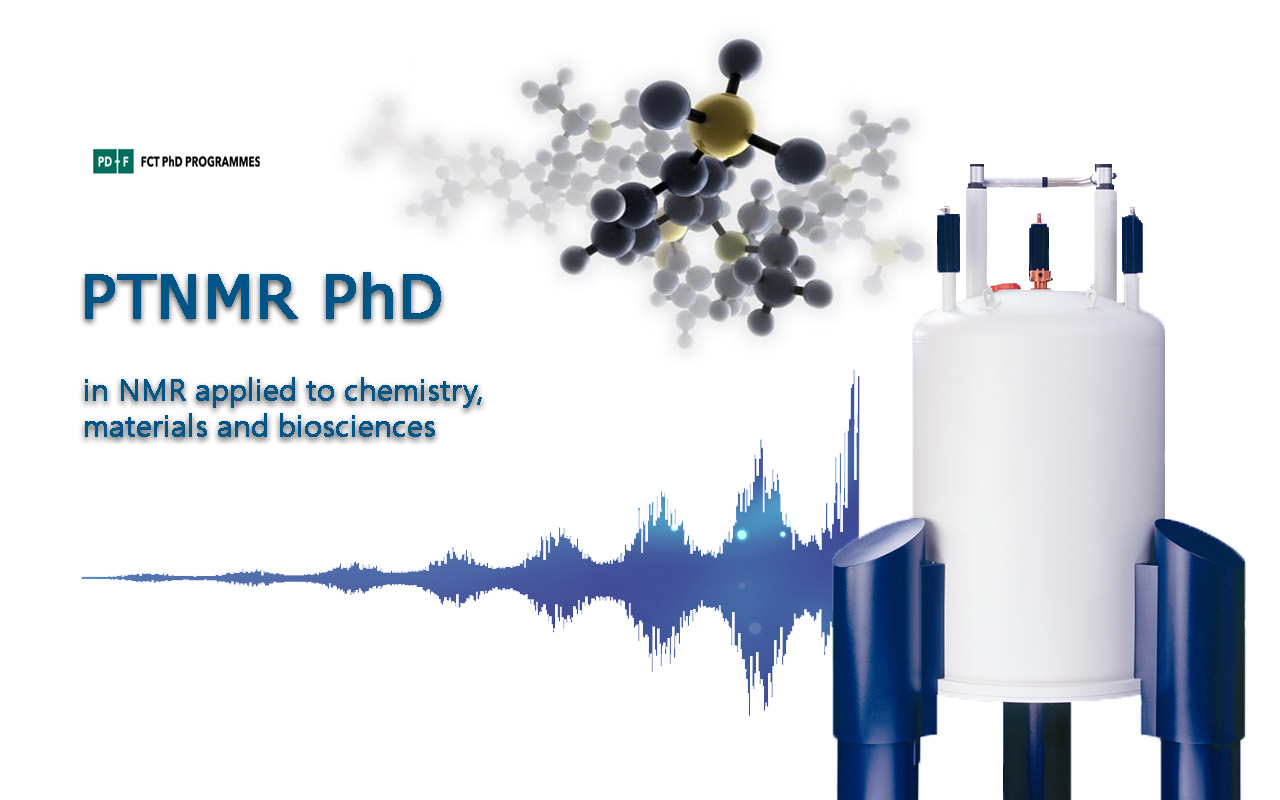Additional Research Project 2 (2019) - Details
Title: Exploring the molecular bases of ‘unnatural’ reactivity of engineered cytochormes c
Heme proteins in general and cytochromes c in particular play key roles in numerous processes essential for life. In addition to their unquestionable biological role, it has recently emerged that they can be tuned to perform reactions not found in nature. Cytochromes c have convenient characteristics as platforms for protein engineering that set them apart from many other metalloproteins. The covalent attachment of the heme to the polypeptide ensures higher thermal stability of the protein fold. The heme with the centrally coordinated iron can be tuned to assume different redox, spin and coordination states, and therefore provides a versatile catalytic platform. The peripheral propionates of the heme provide the means to couple redox, spin or coordination changes with protonation, adding an extra layer of versatility to the reactions that can be catalysed. This versatility has been demonstrated with the engineering of a modified monoheme cytochrome c that synthesises organosilicon compounds, a reaction previously achieved only by chemical catalysts. Despite the exciting advances in creating DNA-encoded cytochrome based catalysts for ‘unnatural’ reactions, the molecular mechanisms underpinning these novel reactivities remain unexplored. Biomolecular NMR spectroscopy is uniquely suited to investigate the structural and dynamic factors that control these ‘unnatural’ reactions. This information will provide guidance for the rational design of efficient bio-based catalysts with more than one heme, which are able to perform even more complex reactions involving multiple electrons and protons.

